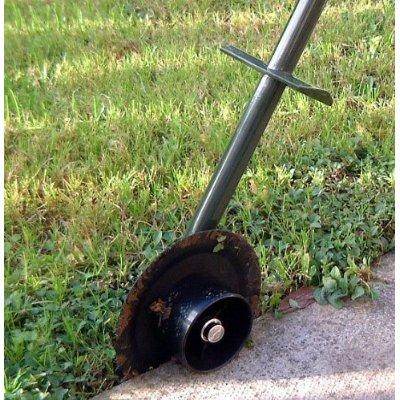








I don't know anything about your bear problem, When I lived in N Idaho all I ever saw was bear buttsNick Kitchener wrote:Hi all,
I'm growing out some spring wheat and barley and next season I'll be needing 3,600 square feet of land to do it on.
The land only just became available and the ground i now frozen for the next 4 or 5 months.
It's currently in pasture, but has been idle and un-kept for a number of years now.
My current plan is to roto-till the pasture, plant the seed, and then cover it with straw mulch to a depth of about half an inch (about the same amount as would be there if straw from a previous years harvest was left in the field as in a no till / Fukuoka type system.
How many bales of straw am I likely to need? Any thoughts on the approach, or alternatives?
I've heard that the ecosystem is so out of balance around here that the bear pressure on grain crops is so bad that you need electric fencing around the crops to keep them from eating and trampling the entire field. I was planning a buffer zone of barley (the prefer barley to wheat) around my crop, but apparently this won't stop them as they will eat through 100% of the field.
Any thoughts on that?
 .......as they ran away fast as they could run. Haven't even seen any here in OK.
.......as they ran away fast as they could run. Haven't even seen any here in OK.
"Permaculture is a philosophy of working with, rather than against nature; of protracted & thoughtful observation rather than protracted & thoughtless labour; & of looking at plants & animals in all their functions, rather than treating any area as a single-product system."-Bill Mollison












Mixed grass and I started in June and plant every 2 weeks. A lot of that grass is bermuda grass, but there are maybe 10 or 12 species? Plant dates of course will vary every year. I grow sh2 supersweet sweet corn. It requires warm ground to germinate well.Ken W Wilson wrote:Scot, what kind of grass did you plant the sweet corn into? About what date?
"Permaculture is a philosophy of working with, rather than against nature; of protracted & thoughtful observation rather than protracted & thoughtless labour; & of looking at plants & animals in all their functions, rather than treating any area as a single-product system."-Bill Mollison








Pasture cropping works on a different principle. Think of the second bite principle from Voisin in reverse.Kyrt Ryder wrote:Drilling the seed in rather than tilling has several benefits.
A: you don't have to worry about the dead dry brown grasses sucking nitrogen out of the soil
B: after the seeds are drilled you should be able to sweep through with a scythe [or mower at a larger scale] and mow down those grasses to serve as your mulch rather than buying in new mulch.
C: Soil foodweb and carbon stores remain undamaged.
"Permaculture is a philosophy of working with, rather than against nature; of protracted & thoughtful observation rather than protracted & thoughtless labour; & of looking at plants & animals in all their functions, rather than treating any area as a single-product system."-Bill Mollison








Kyrt Ryder wrote:I wasn't actually addressing Pasture Cropping specifically.
That being said, I haven't found any decent free online information on Voisin grazing, would you happen to have a link?
"Permaculture is a philosophy of working with, rather than against nature; of protracted & thoughtful observation rather than protracted & thoughtless labour; & of looking at plants & animals in all their functions, rather than treating any area as a single-product system."-Bill Mollison










Owner, Etta Place Cider





Hans Albert Quistorff, LMT projects on permies Hans Massage Qberry Farm magnet therapy gmail hquistorff











List of Bryant RedHawk's Epic Soil Series Threads We love visitors, that's why we live in a secluded cabin deep in the woods. "Buzzard's Roost (Asnikiye Heca) Farm." Promoting permaculture to save our planet.

|
I have a knack for fixing things like this ... um ... sorry ... here is a concilitory tiny ad:
Homestead Pigs Course
https://permies.com/wiki/365748/Homestead-Pigs
|






